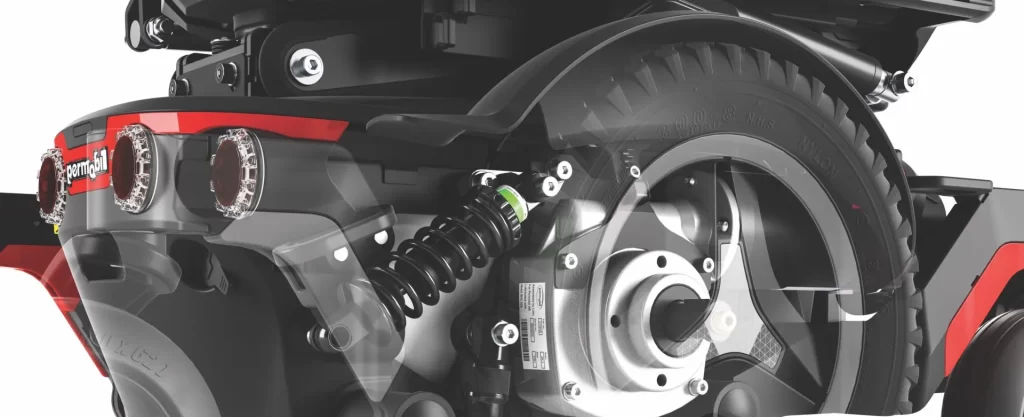Permabil, As the world shifts towards more sustainable solutions, the innovation of new materials plays a crucial role in reducing environmental impact. One such breakthrough is permabil, a cutting-edge material that has been gaining attention for its environmental benefits and versatile applications. In this article, we’ll explore what permabil is, how it works, and its potential to reshape industries like construction, agriculture, and urban development.
What is Permabil?
Permabil is a sustainable material known for its permeability, allowing air, water, and other natural elements to pass through it without compromising its strength or integrity. The term “permabil” is derived from “permeability” and “ability,” reflecting its function as a material that can maintain structural integrity while facilitating environmental exchange.
The key to permabil’s effectiveness is its ability to promote natural filtration and drainage. It is often created by combining organic and synthetic materials in a way that allows it to be porous and yet strong enough to serve practical applications. This material can be used for various purposes, including soil stabilization, erosion control, and creating eco-friendly surfaces.
The Importance of Permabil in Sustainable Practices
In an era where environmental concerns are at the forefront of global discussions, permabil offers a sustainable solution to many of the challenges industries face. Its applications can significantly contribute to reducing carbon footprints and mitigating the impact of climate change.
- Urban Planning and Green Infrastructure Cities worldwide are grappling with the issue of stormwater runoff, leading to flooding and water pollution. Traditional concrete surfaces are impermeable, exacerbating the problem. Permabil, on the other hand, can help by allowing rainwater to filter through the ground, replenishing groundwater supplies and reducing the need for complex drainage systems. By integrating permabil into urban planning, cities can create more eco-friendly and resilient environments.
- Agriculture and Soil Management Permabil has significant potential in agriculture, especially for improving soil health. Its permeable nature allows for better water retention in the soil, reducing the need for excessive irrigation. Furthermore, it can prevent erosion by allowing water to flow through the soil instead of washing away the topsoil. This helps farmers maintain healthy crops while conserving water resources.
- Sustainable Construction In construction, permabil is emerging as a game-changer in creating eco-friendly buildings and roads. When used as a surface material, permabil can help reduce energy costs by promoting natural cooling through improved air circulation. Additionally, it can be used in the construction of permeable pavements, reducing the heat island effect often caused by asphalt and concrete surfaces.
Benefits of Permabil
- Environmental Impact Permabil significantly contributes to sustainability by reducing water runoff, improving groundwater recharge, and decreasing energy usage. As a material that promotes natural processes like filtration and water retention, it can help maintain a balanced ecosystem.
- Cost Efficiency While the initial cost of permabil may be higher than traditional materials, its long-term benefits make it a cost-effective solution. By reducing the need for complex infrastructure and water management systems, permabil can lead to substantial savings in maintenance and repairs.
- Versatility The versatility of permabil is one of its most appealing features. Whether used in construction, landscaping, or agriculture, permabil’s adaptability ensures it can be applied in a wide range of settings, improving both functionality and sustainability.
Challenges and Future Prospects
Despite its many benefits, there are challenges to the widespread adoption of permabil. One of the primary concerns is the scalability of production, as the material is still relatively new and may require advancements in manufacturing processes. Additionally, more research is needed to fully understand its long-term durability in various environments.
However, the future looks promising for permabil. With increasing interest from industries and the public sector, innovations in material science may lead to more cost-effective and efficient ways to produce permabil, making it accessible for widespread use.
Conclusion
Permabil is a breakthrough material with the potential to revolutionize how we think about sustainability. Its ability to balance permeability with strength makes it an ideal solution for addressing environmental challenges across various industries. As the demand for eco-friendly solutions grows, permabil stands as a promising candidate to play a pivotal role in shaping a sustainable future.
By incorporating permabil into our infrastructure, agriculture, and urban development, we move closer to a world that is more resilient, eco-conscious, and prepared to face the challenges of climate change.
You Might Also Like These:

